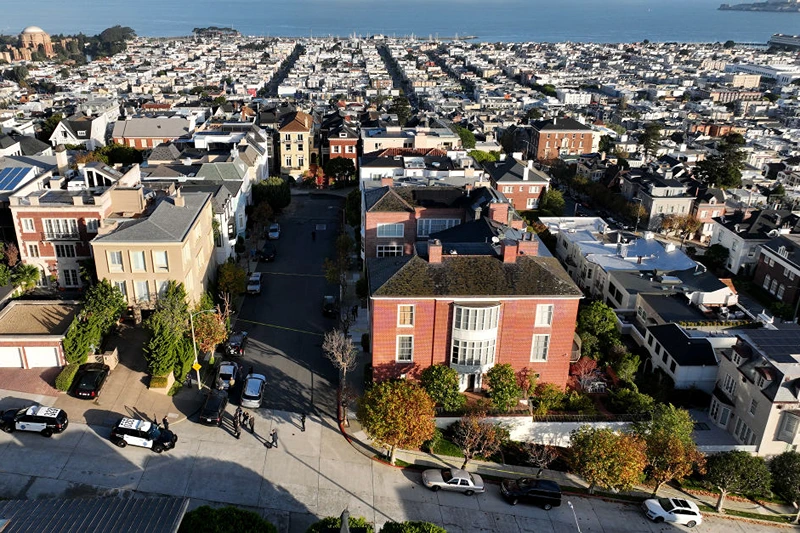Banking crisis enters next phase.
Banking Sector in Crisis: Are We in Denial?
Introduction
The recent collapse of First Republic Bank, the second-largest U.S. bank failure ever, has raised alarm bells for all of us. Shockingly, three of the four largest U.S. bank failures of all time have occurred within the last 60 days. Yet government and corporate leaders, along with much of mainstream media, are taking great pains to say that the banking system is stable and that there is nothing much to worry about.
The Denial
Following the collapse of Silicon Valley Bank in March, U.S. Treasury Secretary Janet Yellen sought to assure Congress and the general public that everything is fine. She noted “our banking system is sound,” while in the background was working with JPMorgan and 10 other banks to organize a rescue of First Republic through the injection of $30 billion of cash deposits. This effort bought time, but ultimately failed to achieve the objective of stabilizing First Republic, which, as the bank’s investors and the general public would belatedly learn only over a month later, had lost $104.5 billion of deposits in the first quarter.
Jamie Dimon, the veteran CEO of JPMorgan, affirmed on Monday his view that the banking system as “very stable,” that this is nothing like the global financial crisis, and that we’re nearing the end of the crisis. Later than same day, President Joe Biden said that the actions to resolve First Republic “are going to make sure that the banking system is safe and sound.”
Federal Reserve chairman Jerome Powell said on Wednesday that the “U.S. banking system is sound and resilient,” and that conditions “have broadly improved since March.”
The Reality
No one in the markets, however, seems to believe any of them. The NASDAQ Bank Index is down over 35 percent in the past three months. In the past three days—that is, since the First Republic announcement and Dimon’s comments—the same index is down 8 percent, with many of the regional banks with potentially similar issues to First Republic down substantially more.
According to data from the Securities and Exchange Commission, over $72 billion held by non-U.S. holders invested in money market funds investing in U.S. bank securities were withdrawn in March.
According to data from the Federal Reserve, U.S. banks have lost more than $1 trillion of deposits in the past year, as investors become more nervous and see higher-yielding opportunities elsewhere. These figures are through mid-April and, as such, do not include whatever further deposit runs have occurred over the past two weeks in the wake of First Republic’s collapse and the market’s rout of the regional banks.
Even with data a couple of weeks old, what we know is that the regional banks have been forced to tap the Federal Home Loan Banks for $1 trillion of liquidity (as at the end of March) as well as an additional $325 billion from the Federal Reserve’s emergency funding facilities. These are extraordinary and unprecedented figures, amounts which dwarf amounts drawn during the global financial crisis. And unlike customer deposits that cost the banks well less than 1 percent, these facilities are costing the banks nearly 5 percent. At these levels, many of the regional and community banks will quickly turn unprofitable, further weakening an unstable situation.
The Future
We have entered the next phase of the banking crisis. We can assume that deposit flight has resumed, and that some banks are scrambling to address liquidity issues. The U.S. government’s emergency facilities will help over the short run, but are unlikely to provide a long-term solution. The banking regulators, specifically the Federal Reserve, the FDIC, and the U.S. Treasury, are running out of tools to address a widening crisis. One thing is for sure: the more frequently they have to say “everything is fine,” the more likely they are not.
The Issue with Commercial Real Estate
The issue with commercial real estate is simple. Workers have not returned to their offices post-lockdowns, and vacancy rates in coastal urban centers like Manhattan, San Francisco, and Los Angeles are at all-time highs. The regional and community banks make up the majority of commercial real estate lending, and still hold most of the loans, which represent a too-high percentage of many of these banks’ balance sheets. Trillions of dollars of these loans are coming due in the next few years, and many banks do not have the capital to absorb substantial losses when they default.
The Conclusion
These extraordinary events are not just shocking but alarming, in the sense of the word that they should be raising alarm bells for all of us. It is time to acknowledge the reality of the situation and take action to address the crisis in the banking sector.
" Conservative News Daily does not always share or support the views and opinions expressed here; they are just those of the writer."





